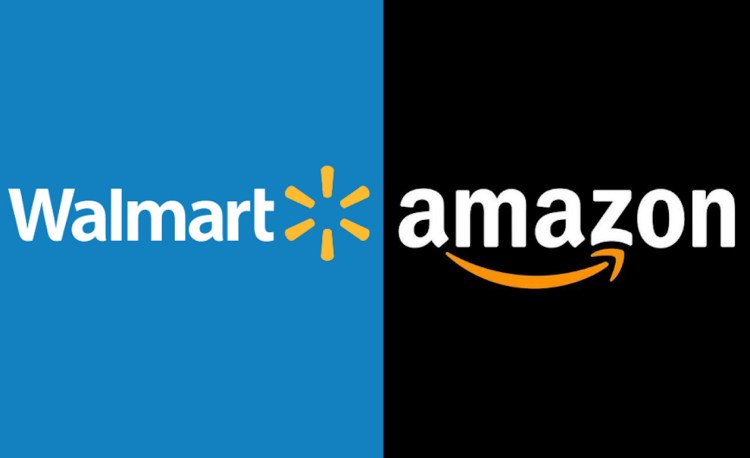Amazon’s purchase of Whole Foods and Walmart’s purchase of Jet, Bonobos, and other ecommerce companies are intensifying the rivalry between the two retail giants as they encroach on each other’s traditional turf.
That growing rivalry has led not only to expectations of further consolidation in the retail industry but also to speculation of which M&A deals might be next. Foursquare is jumping into the speculation, trying to make educated guesses based on its user data.
In a blog post, Foursquare CEO Jeff Glueck said the company looked at strategies from the two retail giants. Amazon, for example, aims to deepen its relationships with current customers and seeks companies, such as Whole Foods, that appeal to upscale shoppers. Walmart, meanwhile, aims to expand in ecommerce by reaching new customers online and improving its operational efficiencies.
With those differing strategies in mind, Foursquare drew on on its anonymized, aggregated data on foot traffic as shoppers of various demographics visited different brick-and-mortar retail stores. Then it based its predictions on which of these brands best fit Amazon’s and Walmart’s goals.
June 5th: The AI Audit in NYC
Join us next week in NYC to engage with top executive leaders, delving into strategies for auditing AI models to ensure fairness, optimal performance, and ethical compliance across diverse organizations. Secure your attendance for this exclusive invite-only event.
Glueck’s conclusion was that Amazon could be interested in hardware chain Lowe’s, that Walmart could make a bid for beauty supply chain Ulta Beauty, and that both could end up battling over high-end department store Nordstrom and eyewear retailer Warby Parker.
Foursquare sees Lowe’s as a target of Amazon for a few reasons. First, it’s seeing double-digit foot traffic growth that’s surpassing that of Home Depot. Second, Lowe’s is frequented more by consumers rather than the professional contractors who prefer Home Depot. And third, Amazon could improve Lowe’s profit margins as it’s pledged to do with Whole Foods. “All together, Lowe’s seamlessly fits into Amazon’s playbook,” Glueck wrote.
Walmart, meanwhile, might be considering Ulta, which offers a range of cosmetics and hair-care goods from high-priced to low-cost. Ulta has been growing both offline and online in a struggling sector, partly because of high loyalty among customers, who visit about once a month on average. The mix of high-end shoppers and bargain-hunters could help deepen Walmart’s ties to existing customers and, importantly, reach out to new ones.
Nordstrom, an early investor in Bonobos, could help Walmart expand its customer base even more, with Nordstrom shoppers 55 percent less likely to visit Walmart stores than average U.S. shoppers. “Walmart has to pursue familiar verticals that have deep online footholds,” Glueck said. “And Nordstrom has seen tremendous success versus comparable retailers in developing its e-commerce presence.”
Nordstrom’s online strength could also appeal to Amazon, though. And its upscale customer base overlaps with that of Amazon, which could aid it in deepening relationships with its Prime members. Also, Amazon’s ability to offer low prices could strengthen the appeal of Nordstrom Rack to bargain hunters.
Both companies may also vie over Warby Parker, which like Bonobos has a strong digital presence buttressed by shops that allow customers to showroom their goods — only Warby Parker has ten times as much foot traffic as Bonobos, and the majority of its customers are millennials. Warby has a strong overlap with Amazon’s customer base, which again could appeal to Amazon’s goals as well as Walmart’s desire to reach new customers.
Glueck emphasized that this is all speculation, even if driven by data. Last year, Foursquare foot-traffic data at Chipotle predicted revenue would decline nearly 30 percent after an E. coli outbreak in some of its locations, a prediction that proved fairly accurate. Foursquare has expanded from its original model of a social check-in app into business analytics like the data used in its predictions for Amazon and Walmart.


